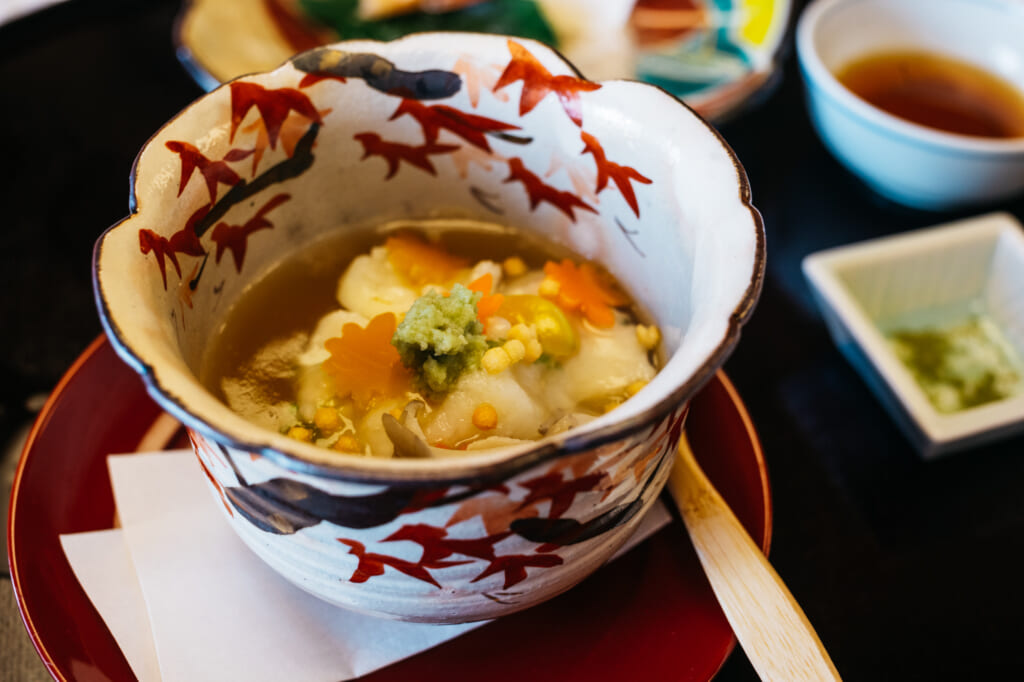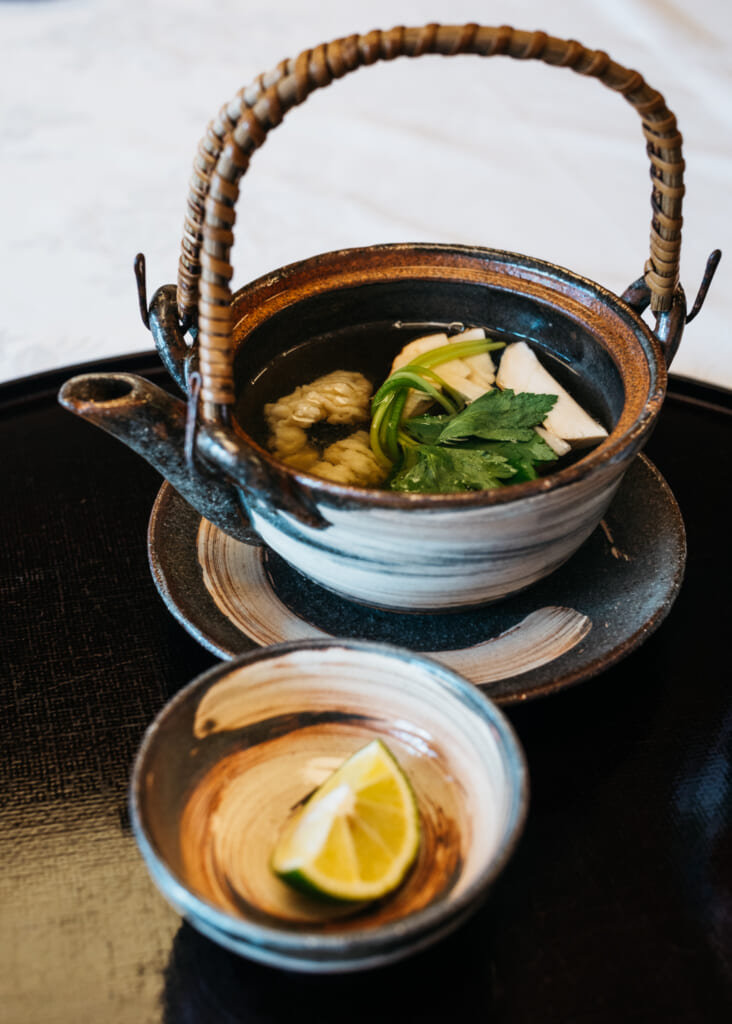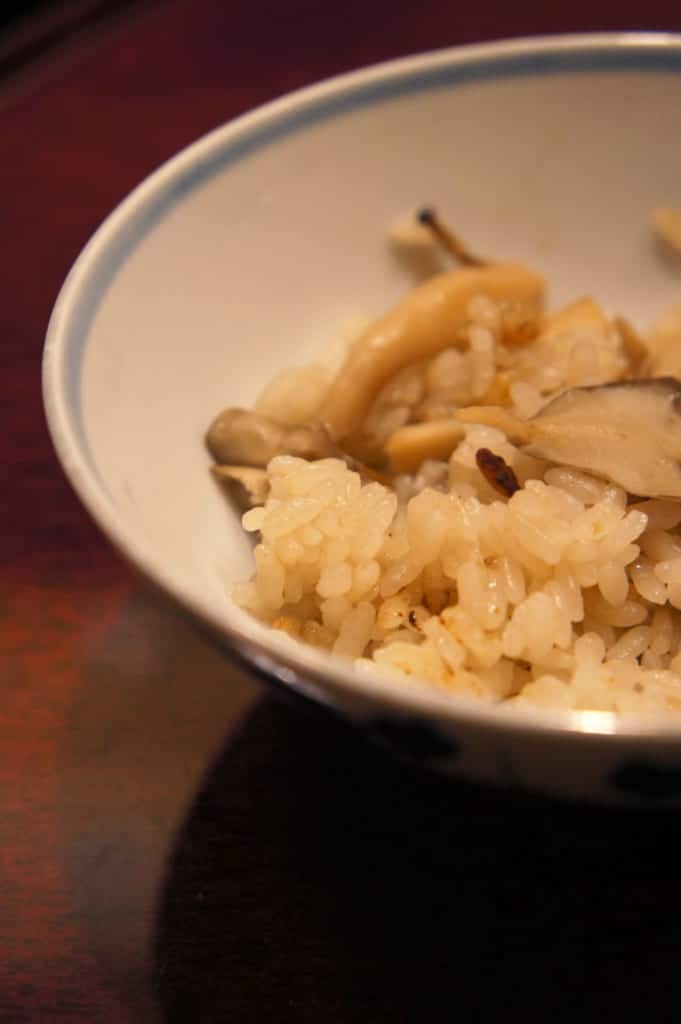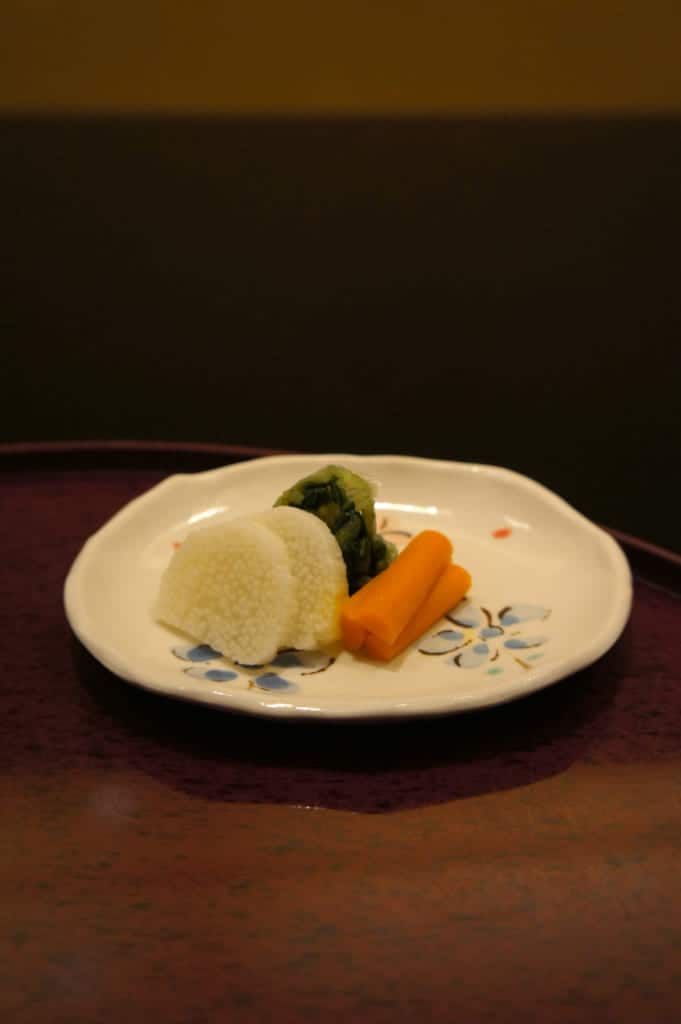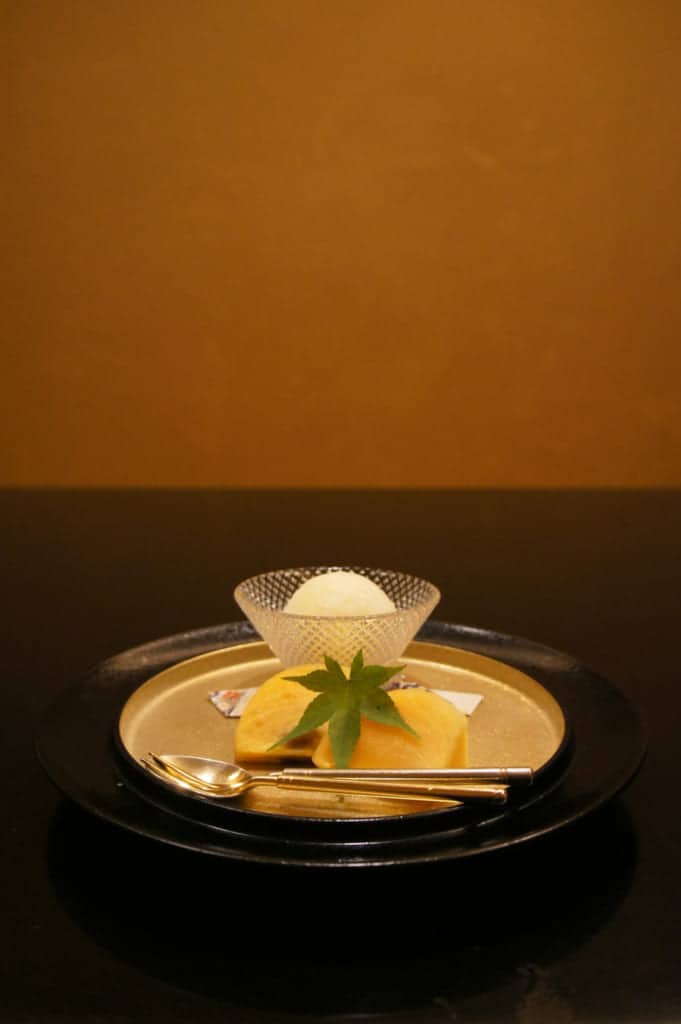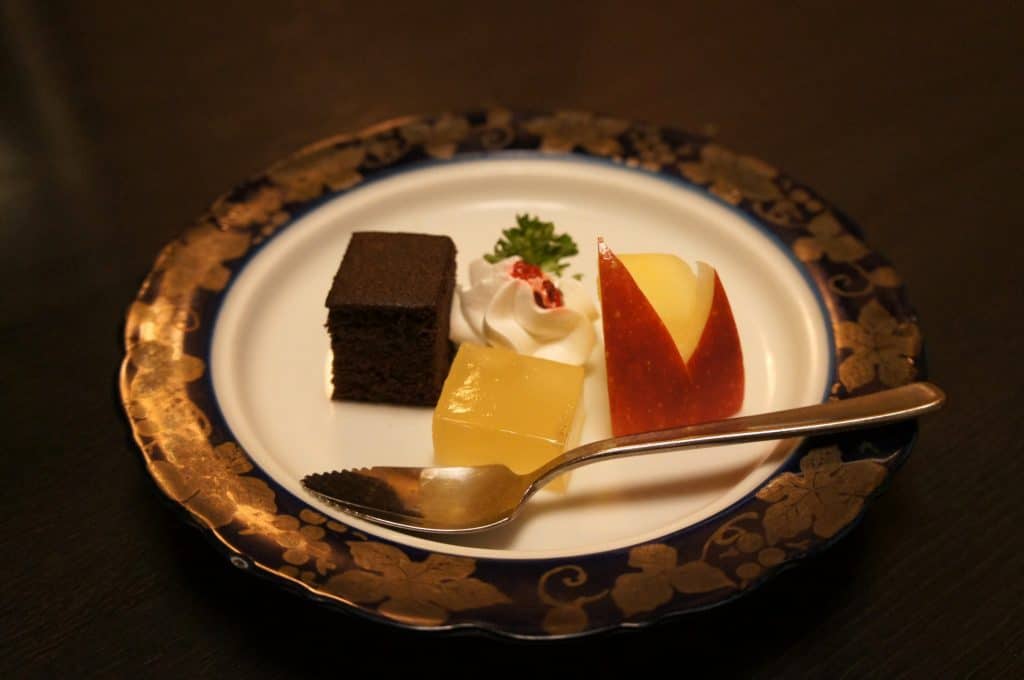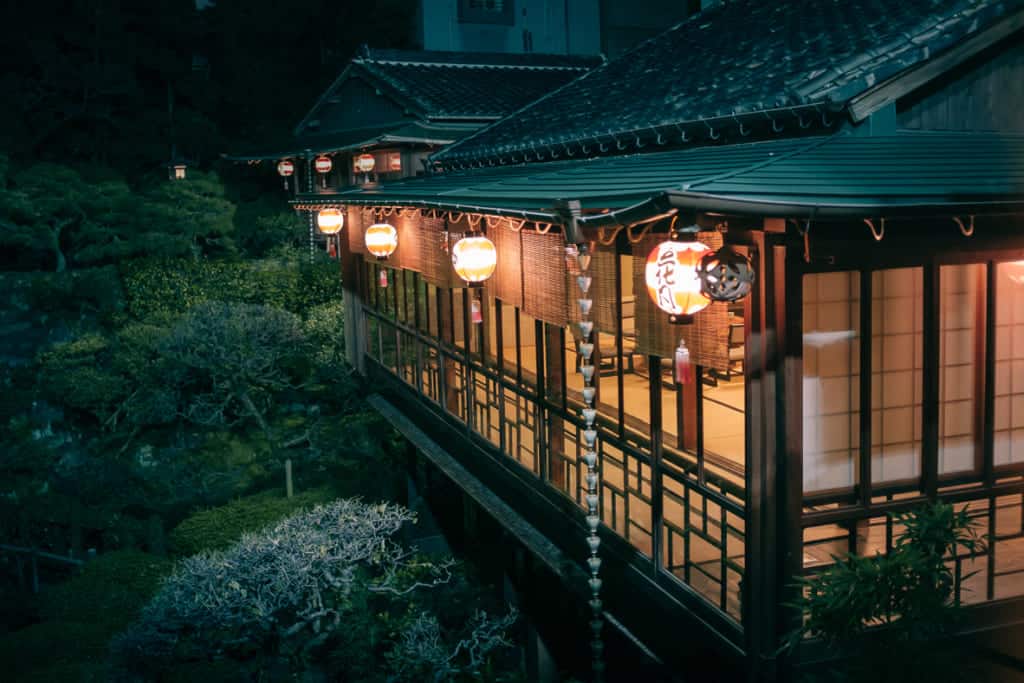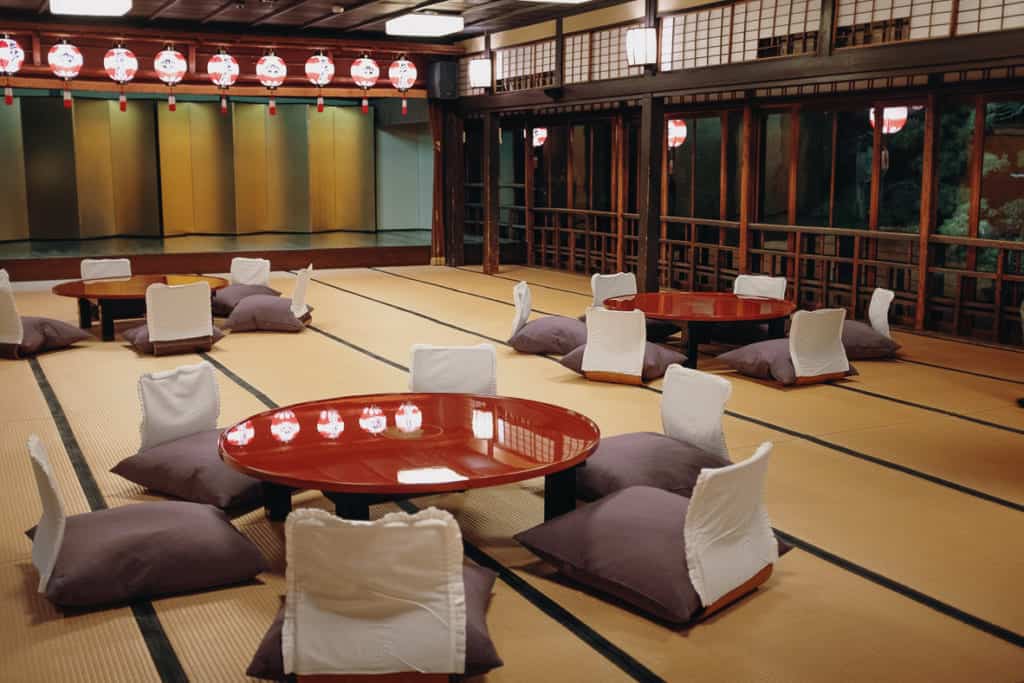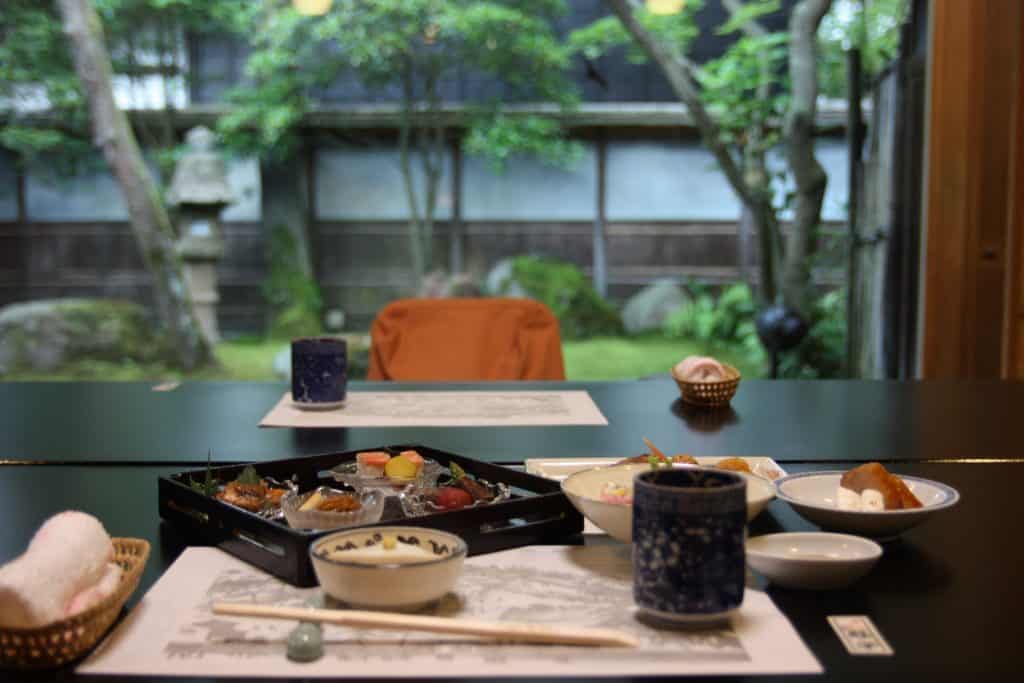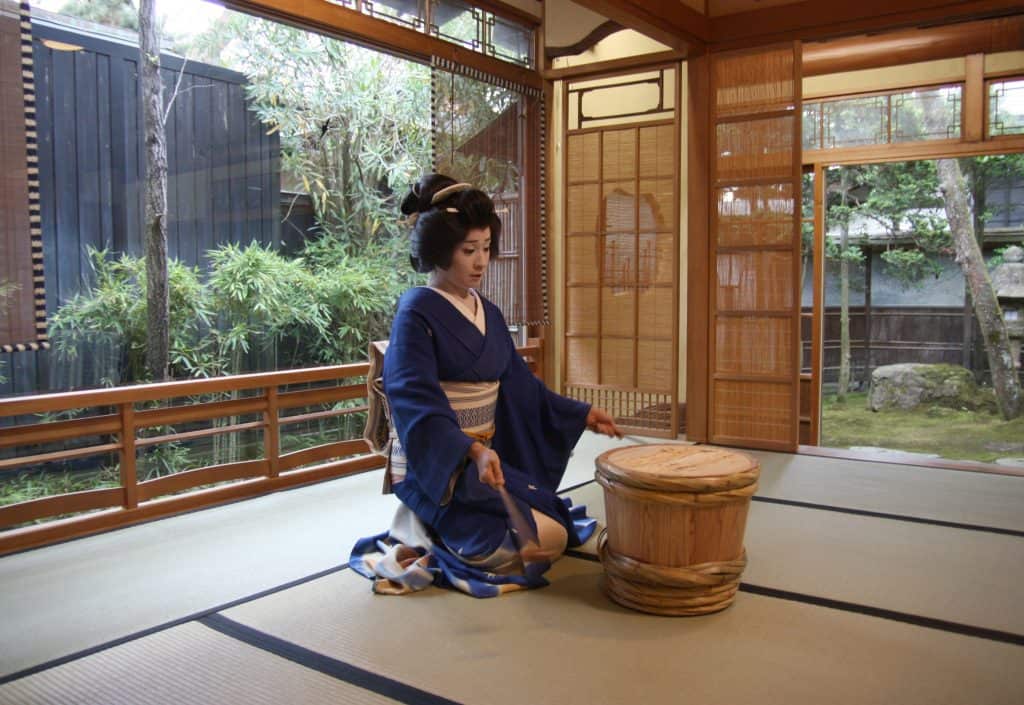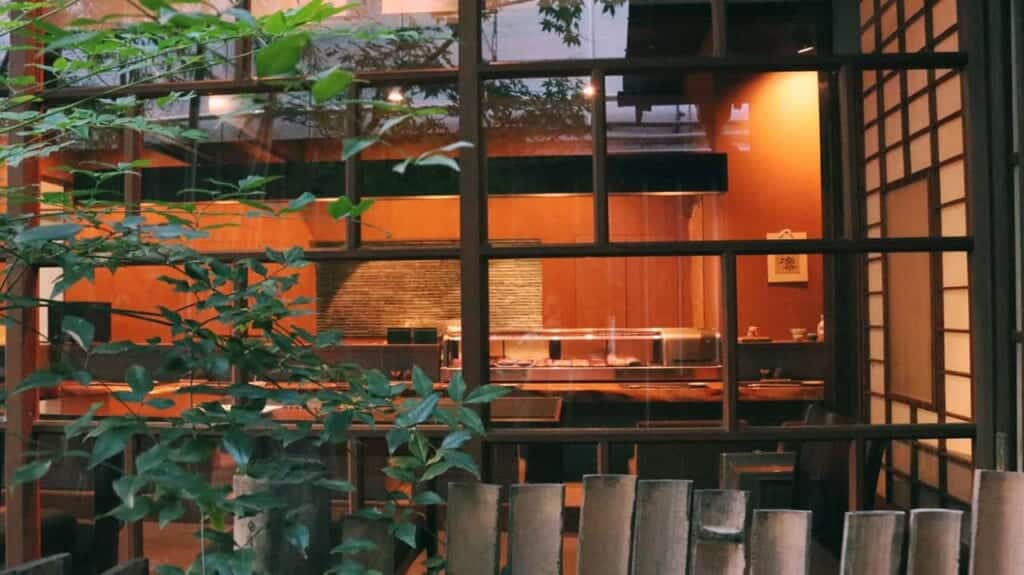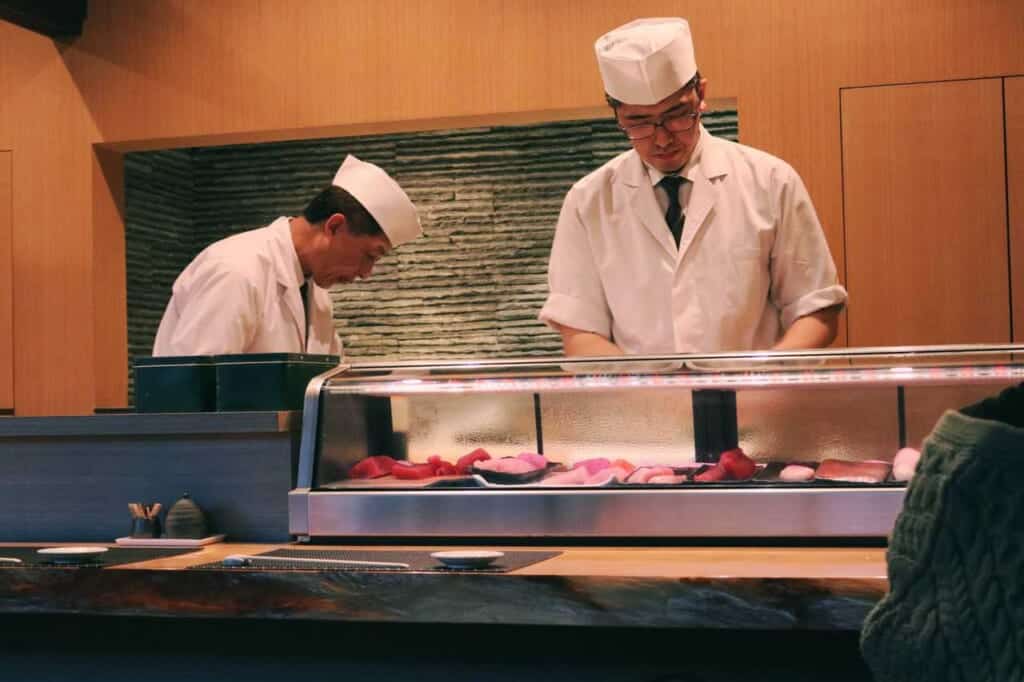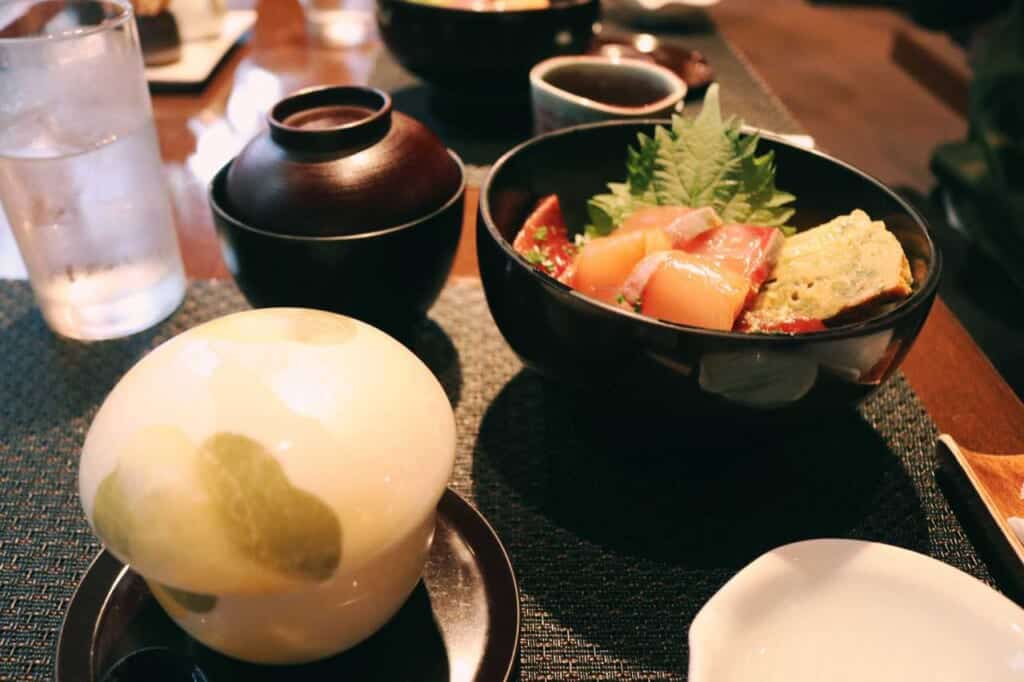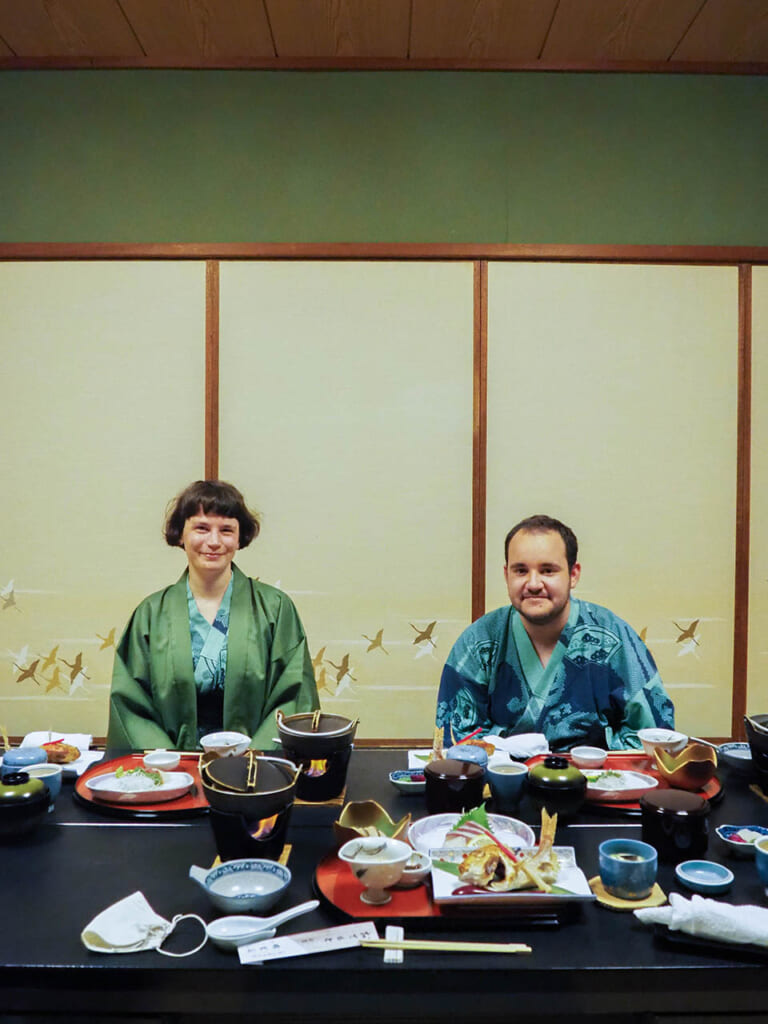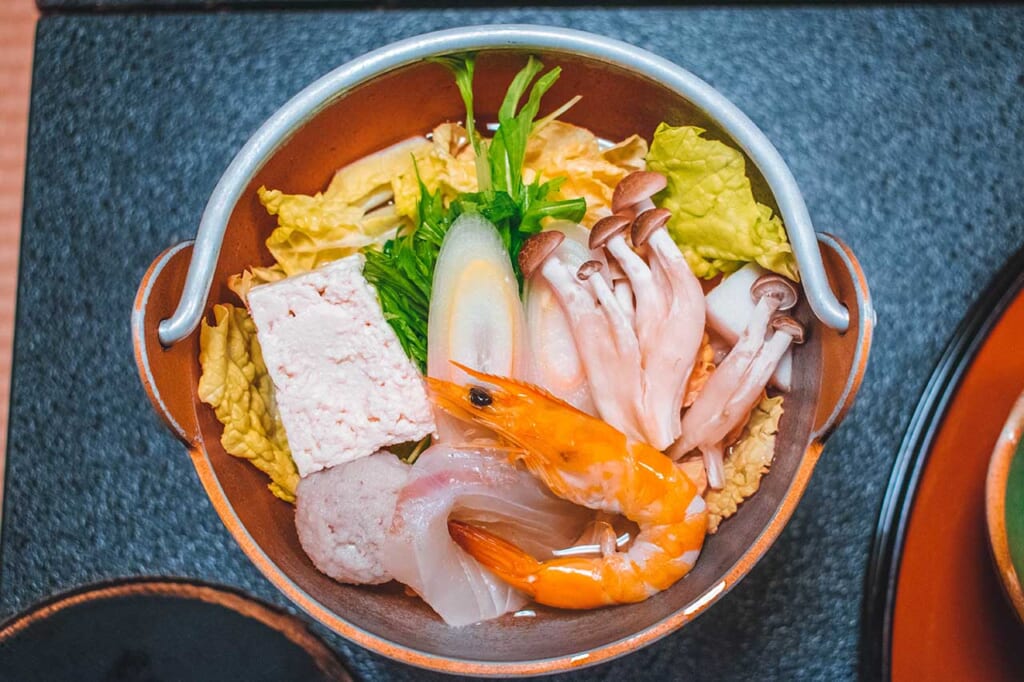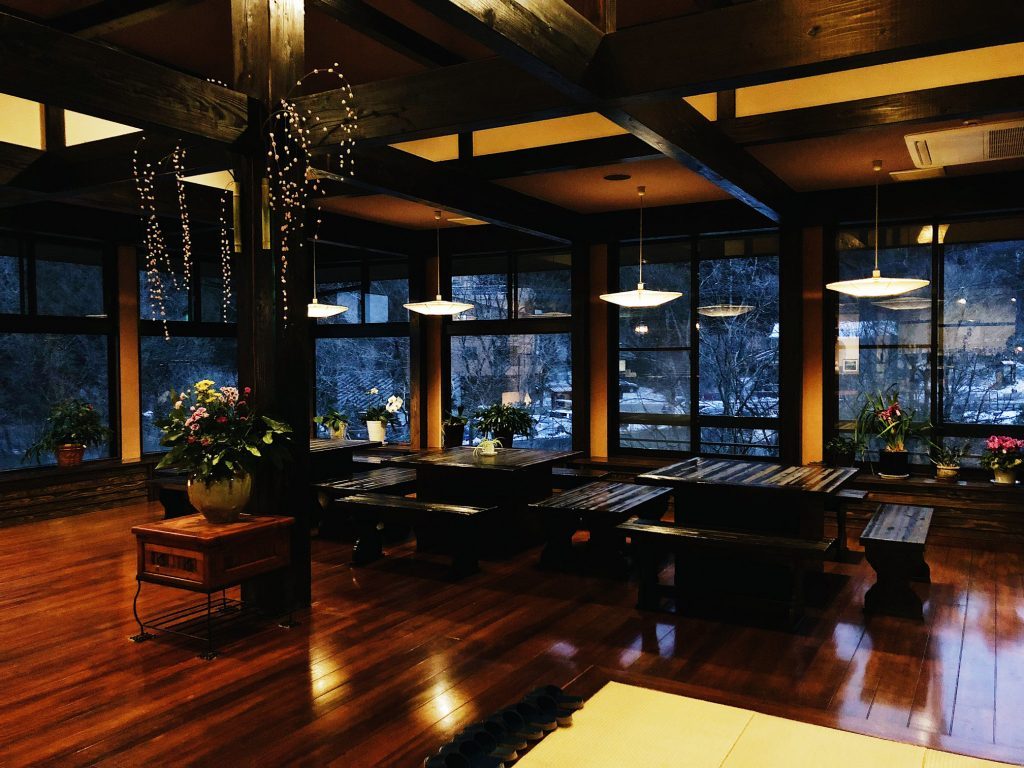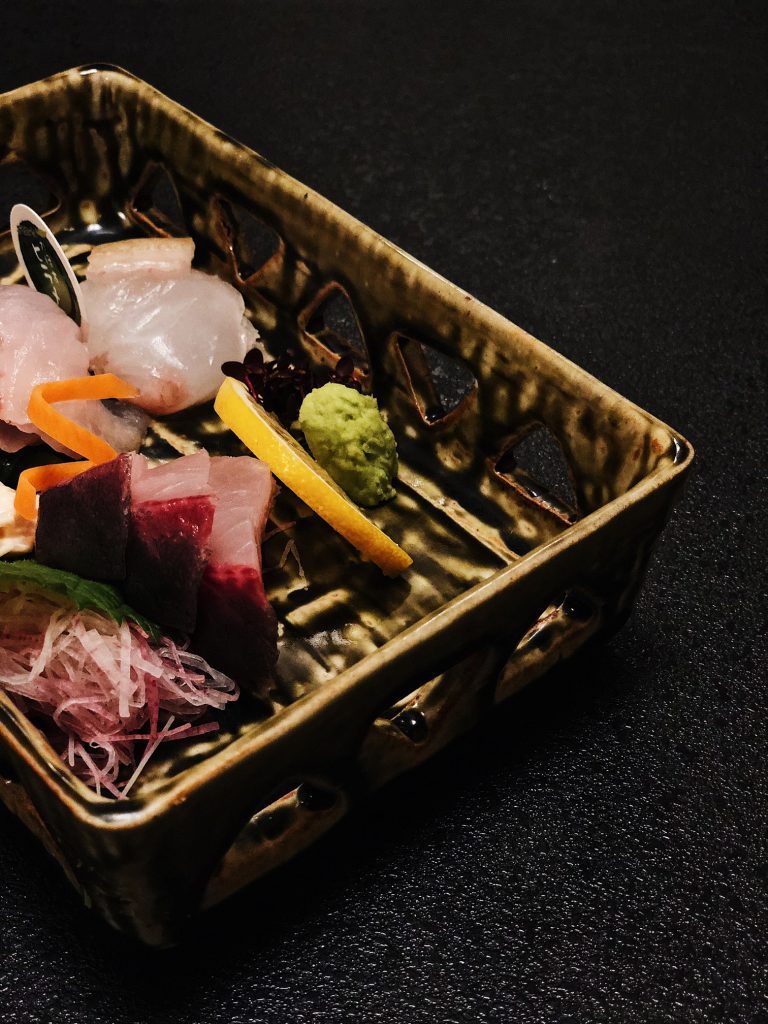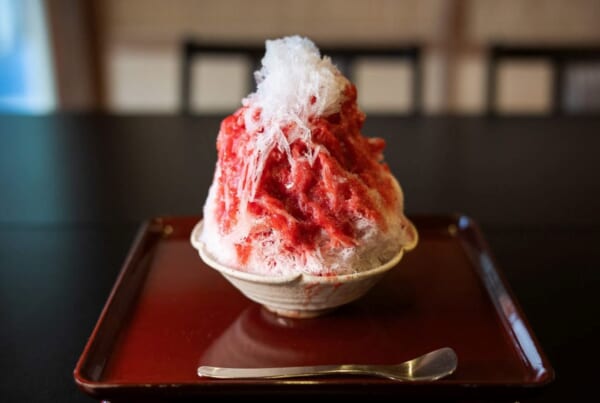I was waiting for my dinner, sitting on the tatami floor at a ryokan in Oita prefecture. I didn’t know that this would be my first time trying kaiseki cuisine, one of the best gastronomic experiences that I would have in Japan. During that dinner, I delighted my senses with a great variety of flavors and sensations. Fish, meat, vegetables, soups… all featured in an extraordinary gourmet parade.
At that moment I didn’t understand exactly what had happened, what I had eaten, and why. And I wish I had known more about it back then. So, read on to learn all about kaiseki cuisine for your next trip to Japan!
What is Kaiseki Cuisine?
In general terms, we can define kaiseki cuisine as traditional Japanese food that mixes visual and gustatory sensations to tell the story of a place and time through the dishes served. Both the ingredients and the presentation are perfectly designed with a specific intention in mind. They can convey emotions, seasonal characteristics, and ideas of the place where you are located.
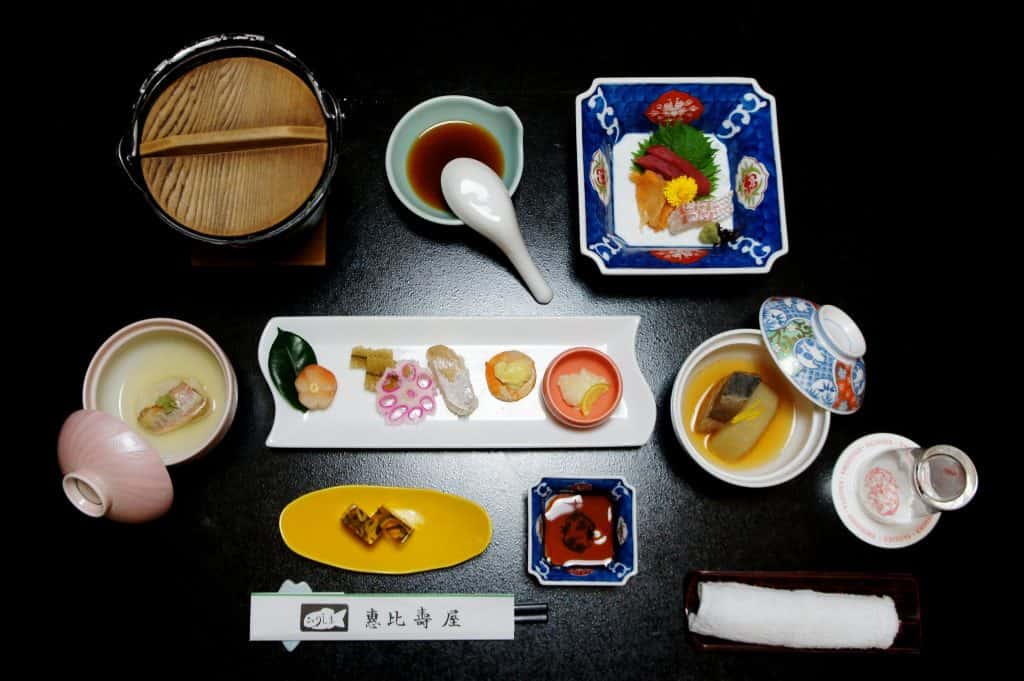
Historical Origins of Contemporary Kaiseki in Japan
Let’s travel back in time to the Kamakura period (1185–1392) when, according to one theory, the word “kaiseki” originated. It was also the time when Zen Buddhism began to take root in Japan. There were very strict schools for Buddhist monks, with rules such as not eating in the afternoon. As the monks could not ingest calories to keep their bodies warm, they wrapped their bellies with a cloth containing a hot stone called onjaku (温石).
The metaphor of filling the stomach with a stone became literal in tea ceremonies. Of course, they did not use an actual stone. Sen no Rikyu, the creator of the Japanese tea ceremony, was inspired by the idea of warming the stomach. He created kaiseki cuisine (懐石), a light meal offered by the tea ceremony host to his guests as a sign of hospitality. It “warmed the body” of the guests so that they could enjoy the ritual without thinking about their stomachs.
A few centuries later during the Muromachi period (1336-1573), honzen-ryori (本膳料理) was created. This was a type of Japanese cuisine that came with great rituals devised by samurai who wanted to lavish and entertain their guests with food and alcohol.
Eventually, and thanks to the influence of its predecessors, contemporary kaiseki cuisine was born. Nowadays, this meal consists of a series of dishes made with seasonal ingredients to be enjoyed in a restaurant or a ryokan, by yourself or with others.
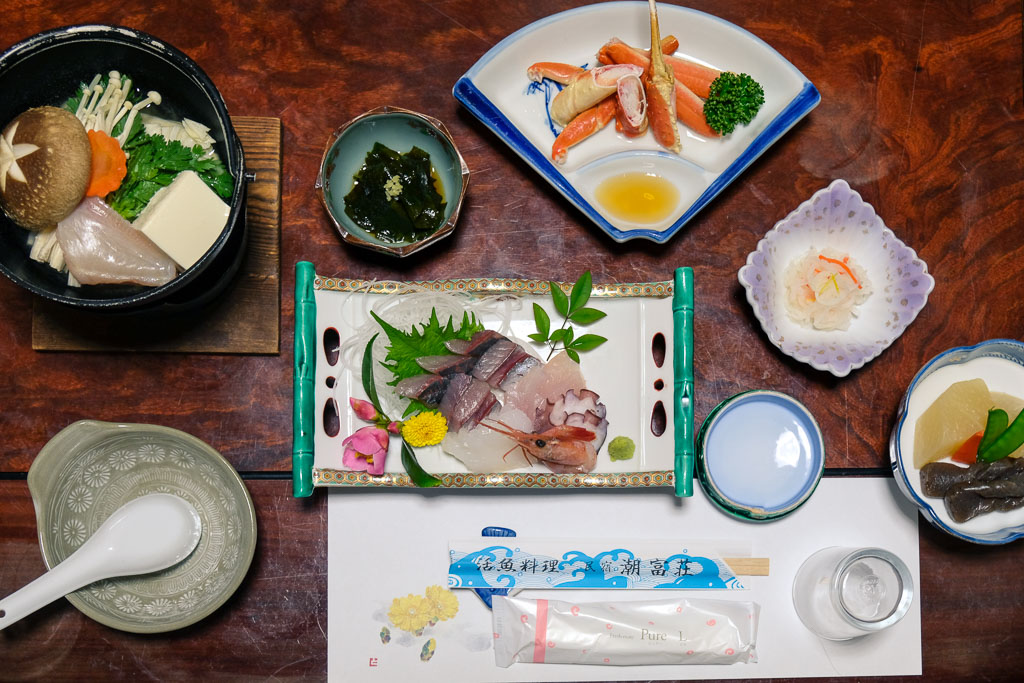
Stone vs. Seat: The Two Types of Japanese Kaiseki Cuisine
Let’s delve into the differences between the two types of kaiseki cuisine or kaiseki ryori (懐石料理). You may have noticed that both tea ceremony and restaurant “kaiseki” are pronounced the same, but they are written with different kanji. The first kaiseki is 懐石, also known as cha-kaiseki (茶懐石, tea kaiseki). The second kaiseki is 会席 (literally “meet seat”).
Fresh and Dainty Tea Ceremony Kaiseki Cuisine
Cha-kaiseki consists of many small and light dishes. This meal follows three rules: use seasonal ingredients, highlight the unique characteristics of each prepared ingredient, and offer guests ultimate hospitality. Its popular name ichijusansai (一汁三菜) translates to “one soup and three dishes.” The order of the dishes may vary depending on the host, but a cha-kaiseki menu might look something like this:
Start with rice (gohan — 飯) and soup (shiru — 汁), served in small bowls and precisely arranged with the rice on the left, the soup on the right, and the chopsticks in the rear. After finishing the soup, you will be offered a glass of sake. Next, you will be served various dishes such as a boiled dish (nimono — 煮物), a grilled fish or meat dish (yakimono — 焼物) or a plate with three specialties (hassun — 八寸) that may contain seasonal ingredients. The last dishes are pickled vegetables and dessert.
During the Showa period (1926-1989), kaiseki cuisine was served in a bento called a shokado. It all started when the priest Shokado Shojo first used a divided food box for the tea ceremony. Years later, Teiichi Yuki (a tea ceremony expert and founder of the famous Kitcho chain) made it popular after he was offered one of these bento during a tea ceremony. This was his inspiration to create the shokado bento (松花堂弁当).
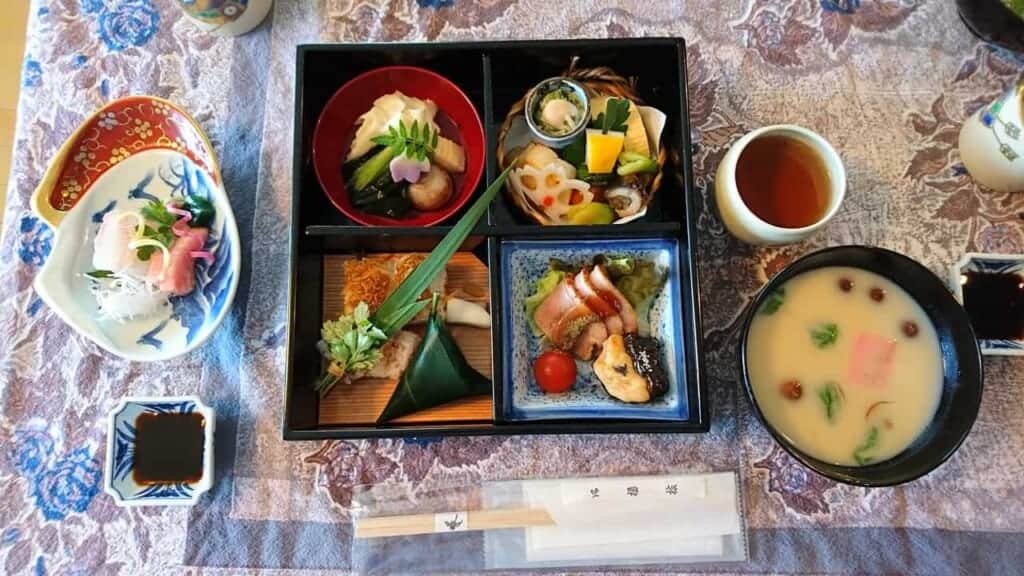
Rich and Lavish Contemporary Kaiseki Cuisine
Modern kaiseki cuisine (会席料理) is usually more sophisticated than the tea ceremony type. The objective of this meal is no longer to simply fill someone’s stomach but to enjoy the food, accompanied by alcohol, with your guests. Most likely, this is the kaiseki cuisine you will try in Japan, so let’s take a look at a typical menu, as each restaurant has its own variations.
Sakizuke (先付け) Appetizer
Sakizuke consists of a small and mild starter, such as a mixture of local vegetables.
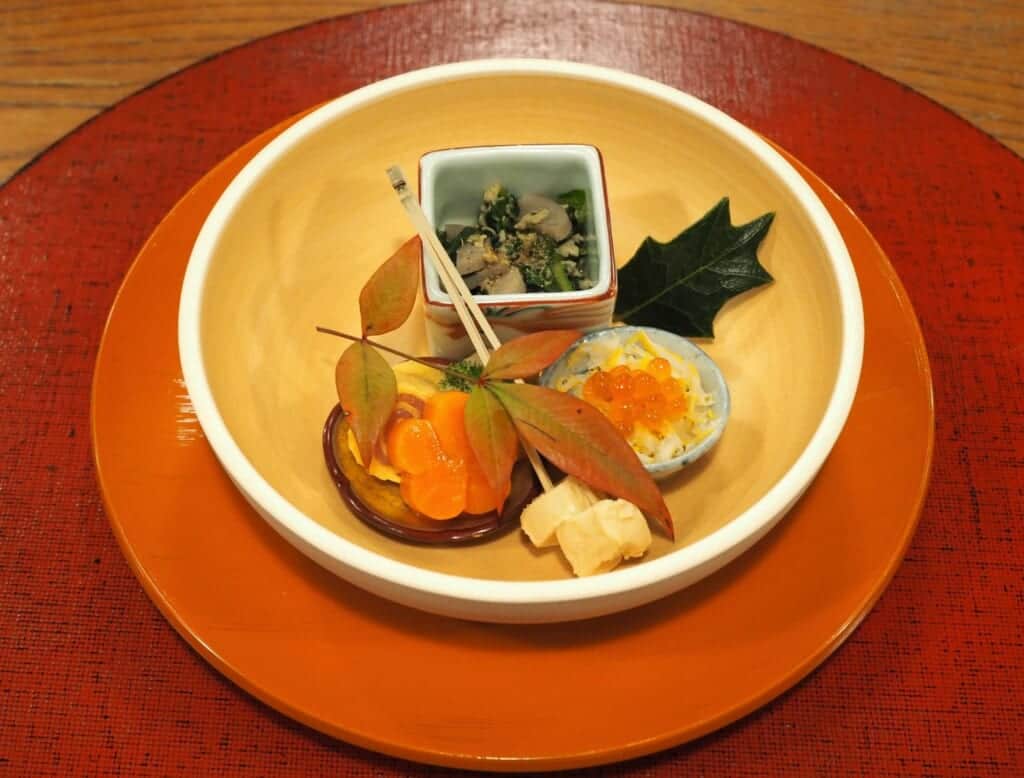
Suimono (煮物) Soup
Suimono soup is served in a covered bowl to keep it hot. You should hold the bowl with your left hand while you remove the top cup with your right hand. Mixed with the dashi (fish broth) and seaweed, you will find some seasonal ingredients. It is preferable to sip the broth first and then eat the bits of food. Once you’ve finished eating the “solids,” you can finish drinking the soup.
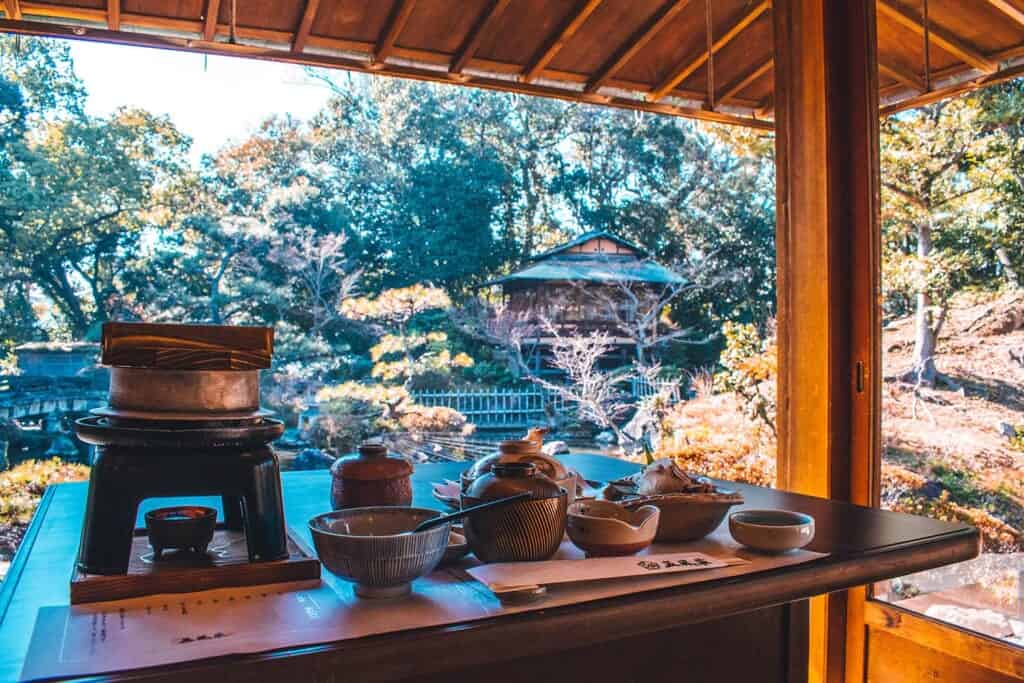
Mukozuke (造り) Raw Fish
Time for raw fish! The sashimi is sometimes accompanied by seaweed for an oceanic touch. It is recommended to eat it from front to back.
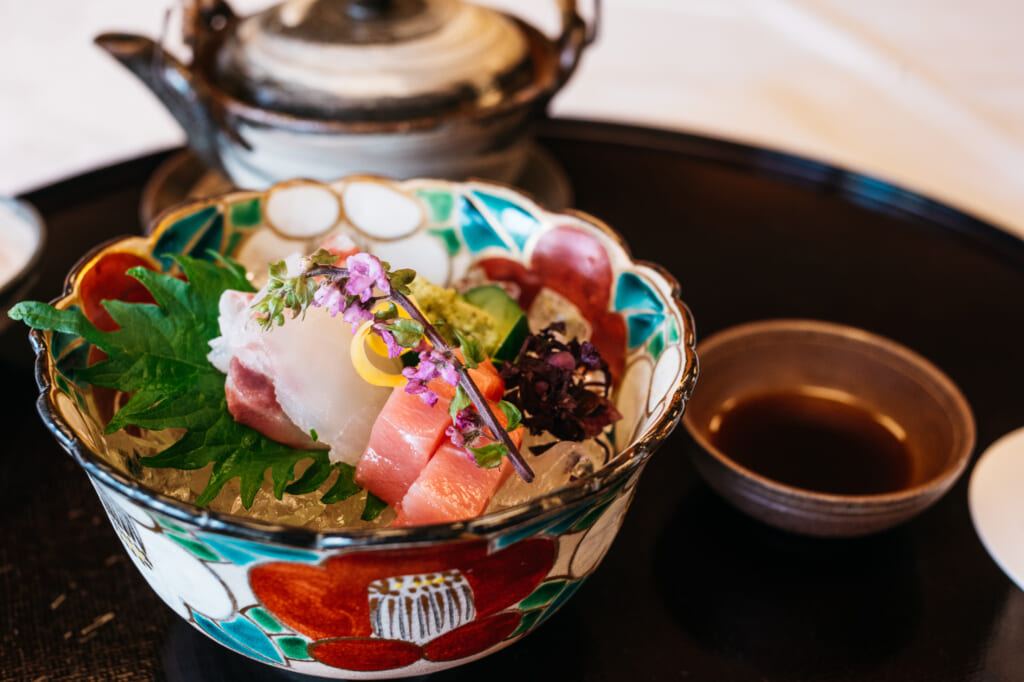
Hassun (八寸) Seasonal Dish
There is no culinary translation for this dish, so let’s call it the “seasonal dish”. Usually, it refers to a plate measuring about 20 centimeters long, filled with either fish or seasonal local vegetables. Be careful, as the food may be garnished with inedible branches or leaves, so be sure to ask your host if you aren’t sure exactly which things are meant to be eaten.
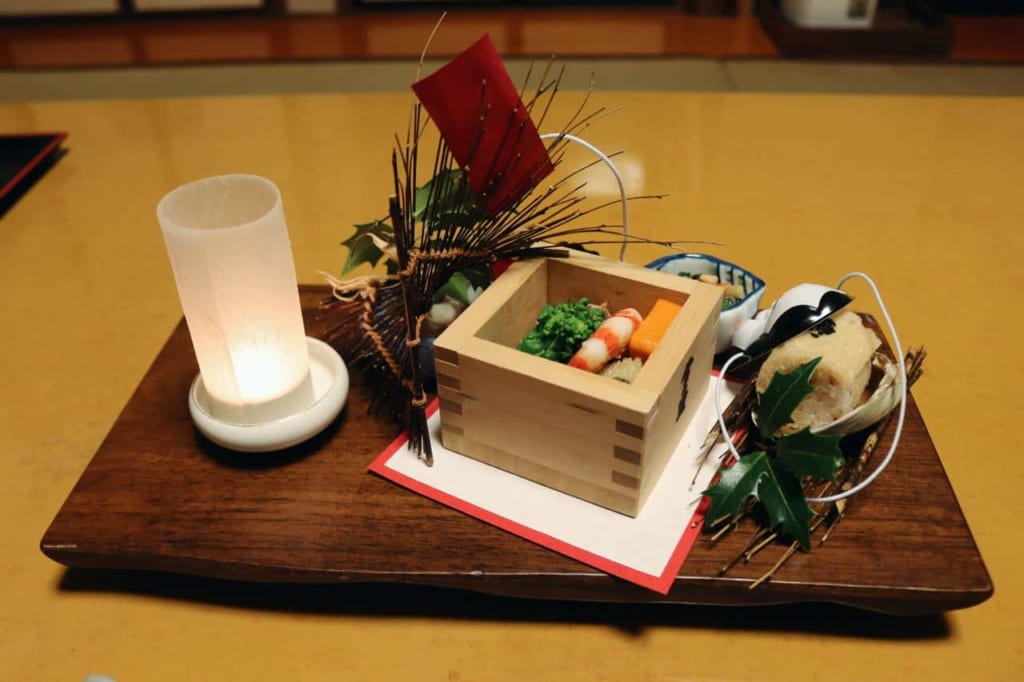
Yakimono (焼物) Grilled Meat or Fish
Next up is grilled meat or fish. Eating meat is usually pretty straightforward, but the fish can be a challenge. It is served with the head to the left and the tail to the right, and you should also eat the fish from head to tail. Start with the top, and when it’s time to flip it over to get to the other side of the bones, remove the spine using your chopsticks and your hand. Afterward, don’t forget to wipe your hands with a wet towel.
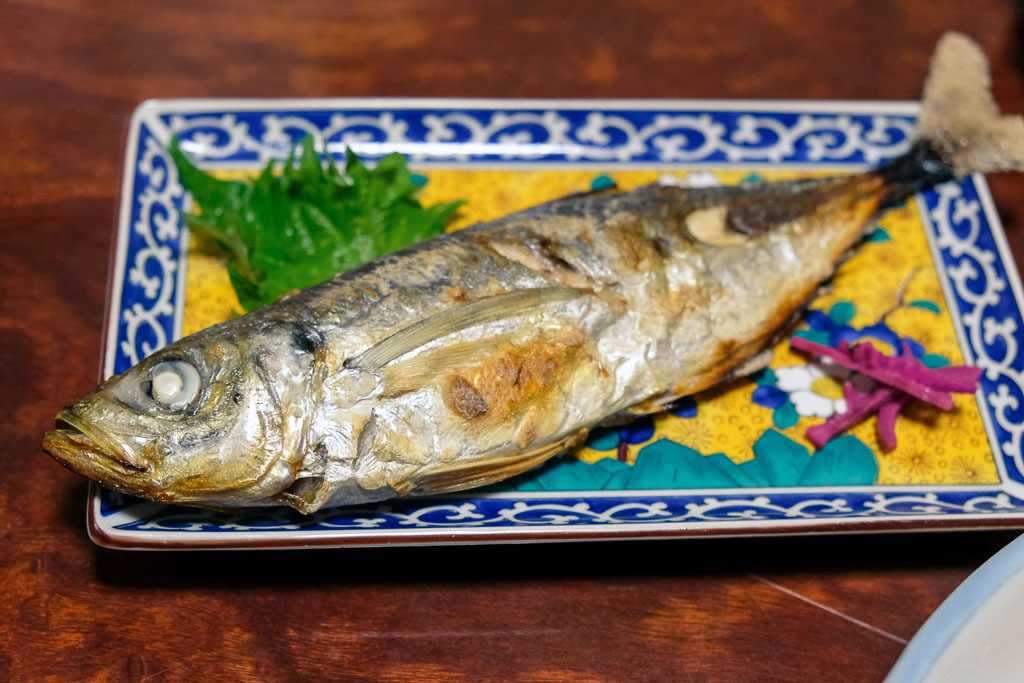
Hashiyasumono (箸休め) Intermission Dish
This is a peculiar dish. Again we have a soup, but this one has a very clear function: to wash your chopsticks from the previous dish while you enjoy this one. At the same time, you can also clean your palate of the previous flavors to make way for the new ones.
Takiawase (炊き合わせ) Boiled Dish
Believe it or not, there are still more dishes to come! Now, we can enjoy a boiled dish that might include vegetables, tofu, mushrooms, fish, or meat.
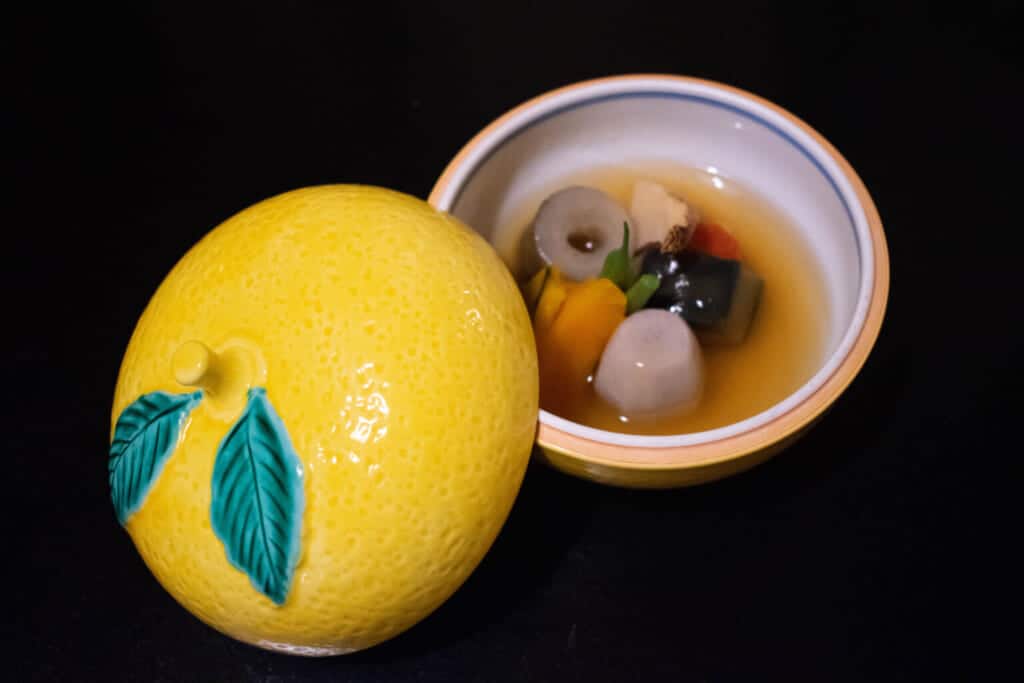
Gohan (ご飯) Rice and Kounomono (香の物) Pickles
Unlike the kaiseki in the tea ceremony, the restaurant kaiseki includes rice and pickles. They usually serve 3 to 5 pickled vegetables on small plates, sometimes along with miso soup.
Kashi (菓子) Sweets and Matcha (抹茶)
We end our Japanese culinary journey with a traditional sweet (although sometimes it can be fruit or other sweets) and matcha green tea.
Good Etiquette for Eating Traditional Japanese Food
When you are eating in a traditional Japanese restaurant, it is important to know the correct etiquette. Following these basic rules will show respect for your meal, although it is understandable that foreigners might not know all the rules. We explain some of them here:
- When you go inside a room, don’t step on the threshold of the door. In some shrines, temples and samurai family residences, the family emblem was placed on the edge of the door, so it should not be stepped on to show respect.
- If the restaurant has a tatami floor, take off your shoes and sit on the floor, preferably in the seiza position on your knees. Also, don’t forget to wear socks or tights, to avoid showing bare feet.
- Try not to wear a strong perfume so as not to interfere with the smells and flavors of the food.
- At the beginning of your meal, you will be given a hot towel. Use it to clean your hands (not your face or the table).
- If you don’t want to eat certain foods, it is fine to share them with your companion. But be careful not to pass food directly between chopsticks, as this is a funerary symbol.
- Put your chopsticks on the chopstick rest when you are not using them.
- Don’t lick the chopsticks when you don’t have food in them.
- Some dishes may be served in antique bowls that have great value: be careful not to scratch them with your rings or break them.
- Don’t mix the wasabi with the soy sauce. The correct way to eat wasabi is to put a small bit on your chopsticks or on top of the fish and then dip it in the sauce.
- If you don’t know how to eat a dish, ask a server.
- When you are served a bowl with a cover, leave it facing up. When you finish your dish, cover the bowl with the lid again.
- It is better to eat light foods first so that you can enjoy the flavors more and save the strong ones for last.
- After you’ve finished eating, don’t stack the dishes. It’s better to leave them as they are, to avoid dirtying the table.
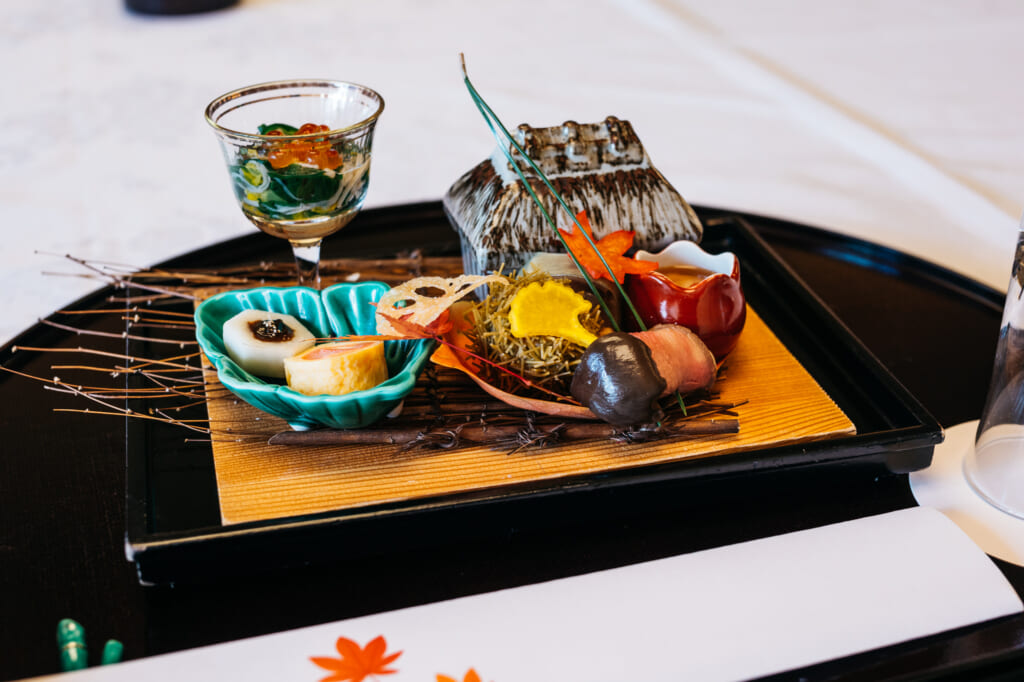
Where to Eat Kaiseki Cuisine in Japan?
There are three places where you can eat kaiseki cuisine in Japan: ryotei, kappou, and ryokan.
Ryotei Restaurants: Luxurious Traditional Japanese Cuisine
A ryotei (料亭) is a high-end traditional Japanese restaurant with a high level of hospitality. The dining rooms usually have tatami floors, and people sit on the floor to eat. Ryotei are usually more expensive restaurants with fixed menus, and in some of them, you can even request the services of a geisha.
For a tourist, it can be quite difficult to eat in one of these restaurants, as traditionally you could only enter with a prior invitation or a reference. Fortunately, more and more ryotei offer wedding receptions or special visitor prices. Still, it is recommended to look for one in advance to make a reservation. The price range is very wide and depends on the restaurant. Some offer a ¥5,000 menu, while at others the bill can come out to over ¥55,000 per person. Another word of advice: lunch is usually cheaper than dinner.
Voyapon writers had the opportunity to eat at the Kagetsu ryotei in Nagasaki and at the Ikinariya ryotei in Niigata.
Kappou Restaurants: Watch the Sushi Chef at Work
Unlike a ryotei, a kappou (割烹) is a traditional Japanese restaurant with Western-style tables and a bar counter where you can usually see how the chef works. Here, you don’t need to follow strict Japanese manners. In a kappou you can choose between a kaiseki menu or à la carte dishes. The prices are usually cheaper than in a ryotei, starting from ¥3,000 to more than ¥30,000, and lunch is also cheaper than dinner. Of course, don’t forget to make a reservation in advance, even months before. In many kappou reservations are mandatory!
Stay and Eat Kaiseki Cuisine at a Traditional Ryokan
Going to these restaurants can be quite expensive if your budget is limited, so the best option if you definitely want to try kaiseki cuisine is to stay at a ryokan, a traditional Japanese inn. To be honest, sleeping there is not exactly cheap, as prices can range from ¥10,000 per night upwards, but usually the price includes dinner and breakfast. So, you can try a kaiseki meal during your stay in a ryokan. To sum it up, the expense is not so high when you consider that you can experience several aspects of Japanese culture at the same time (eating kaiseki cuisine, sleeping on a futon, wearing a yukata, bathing in an onsen…).
At Voyapon we had the opportunity to visit some ryokan with kaiseki menus such as Kurokawa Onsen in Kumamoto, Tensui in Oita, and many more.
Ready for a kaiseki dinner. Photography: Tomoko Matsuo Seafood and vegetable stew. Photography: Roméo Arnault Kurokawa Onsen restaurant. Photography: Pierre Babin Sashimi hassun dish. Photography: Pierre Babin
Kaiseki cuisine is a great representation of traditional Japan. In other countries, you can eat sushi, ramen, takoyaki, among other treats, but it is quite difficult to find a kaiseki restaurant with the true essence of Japanese food. So don’t forget to add this experience to your bucket list for your next trip, and remember: when you eat, explore the sensations that food evokes in you and let yourself go!



